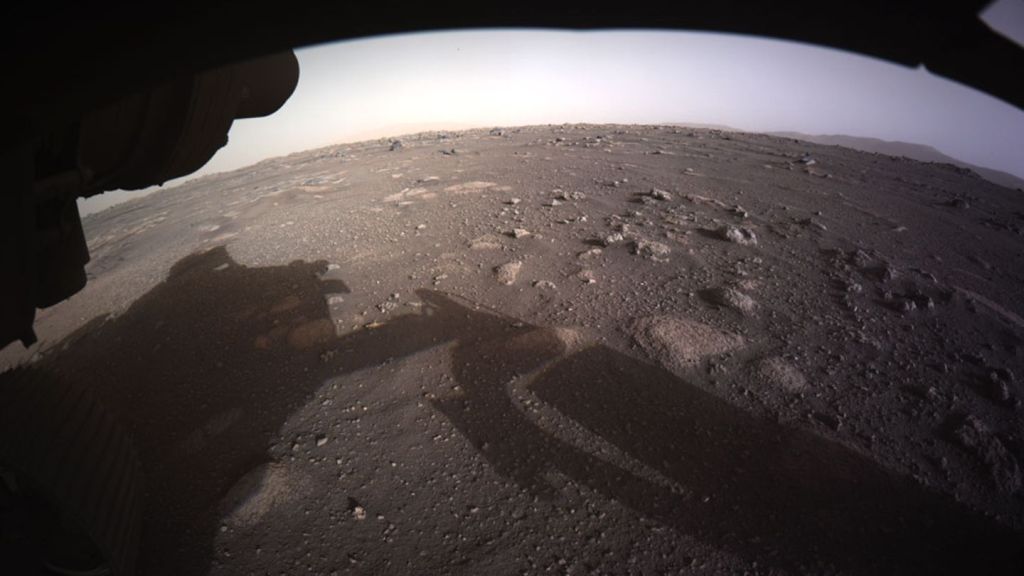On June 9, 2022, NASA announced that it was convening a team of experts to conduct a scientific study of unidentified anomalous phenomena (UAPs), a term that NASA defines as “observations of events in the sky that cannot be identified as aircraft or known natural phenomena from a scientific perspective.”
Internal government documents obtained by Motherboard under the Freedom of Information Act (FOIA) now reveal that this announcement sparked a months-long wave of feedback from scientists and the public that included deeply researched UAP histories, UAP-inspired interpretations of Bible verses, and warnings about dangerous five-dimensional atmospheric entities, among other fascinating comments.
Videos by VICE
The documents attest to the intense public interest in UAPs and the dizzyingly range of interpretations that people have developed about their origin and nature. NASA’s UAP Independent Study Team, which is headed by the Princeton astrophysicist David Spergel, has worked to address this widespread enthusiasm by studying UAP observations in mostly unclassified datasets.
The team shared its initial findings during a public meeting this May and it will release and discuss its full report during a press conference scheduled for 10am Eastern Time on Thursday. While the researchers have found tantalizing footage of UAPs—including strange unexplained metallic spheres spotted around the world—they have discovered no evidence to suggest that any of these sightings are extraterrestrial in origin.
Members of the study team, as well as uninvolved scientists interested in the project, traded tips and discussed the best scientific approaches to this topic in emails over the past year. For instance, Matt Mountain, an astronomer and telescope expert who eventually joined the UAP team, shared his thoughts on the value of non-classified data in an email dated June 10, 2022.

Meanwhile, Robert Powell, an executive board member of the Scientific Coalition of UAP Studies (SCU), laid out his organization’s approach to studying UAP in a June 13 email.

The documents also contain all kinds of hypotheses about UAP from people who have followed these sightings for years, or decades, and finally had people at NASA to email with their stories and theories.

One commenter emailed NASA to say that they had discovered the elixir of eternal youth and that supernatural beings had given them prophecies of Sun activity for 100 years. That person attached a picture of an email they had sent to NASA about UAPs in 2012, in a message that conveyed a kind of infinite regress of unanswered (and perhaps unanswerable) questions.

Another member of the public reported some of their own alleged UAP sightings to the NASA team, and included crude drawings that resemble a meteor or aircraft.


Overall, the trove of new documents is worth a read for anyone interested in both the scientific minutiae of UAP studies, and the diverse public opinions about these phenomena. NASA did not respond to Motherboard’s request for comment on how the agency and the UAP team deal with unsolicited emails from the public reporting sightings or other encounters.
And as one emeritus NASA scientist noted in an email to the team, the UAP project might inspire more people “to spend more time outdoors looking up at the sky, get interested in astronomy, and spend less time indoors on the couch watching TV, on the chance that they might be able to see and report TLEs, UAPs, satellites, ISS, meteors, and all else.”
“The truth is out there,” the scientist said.




